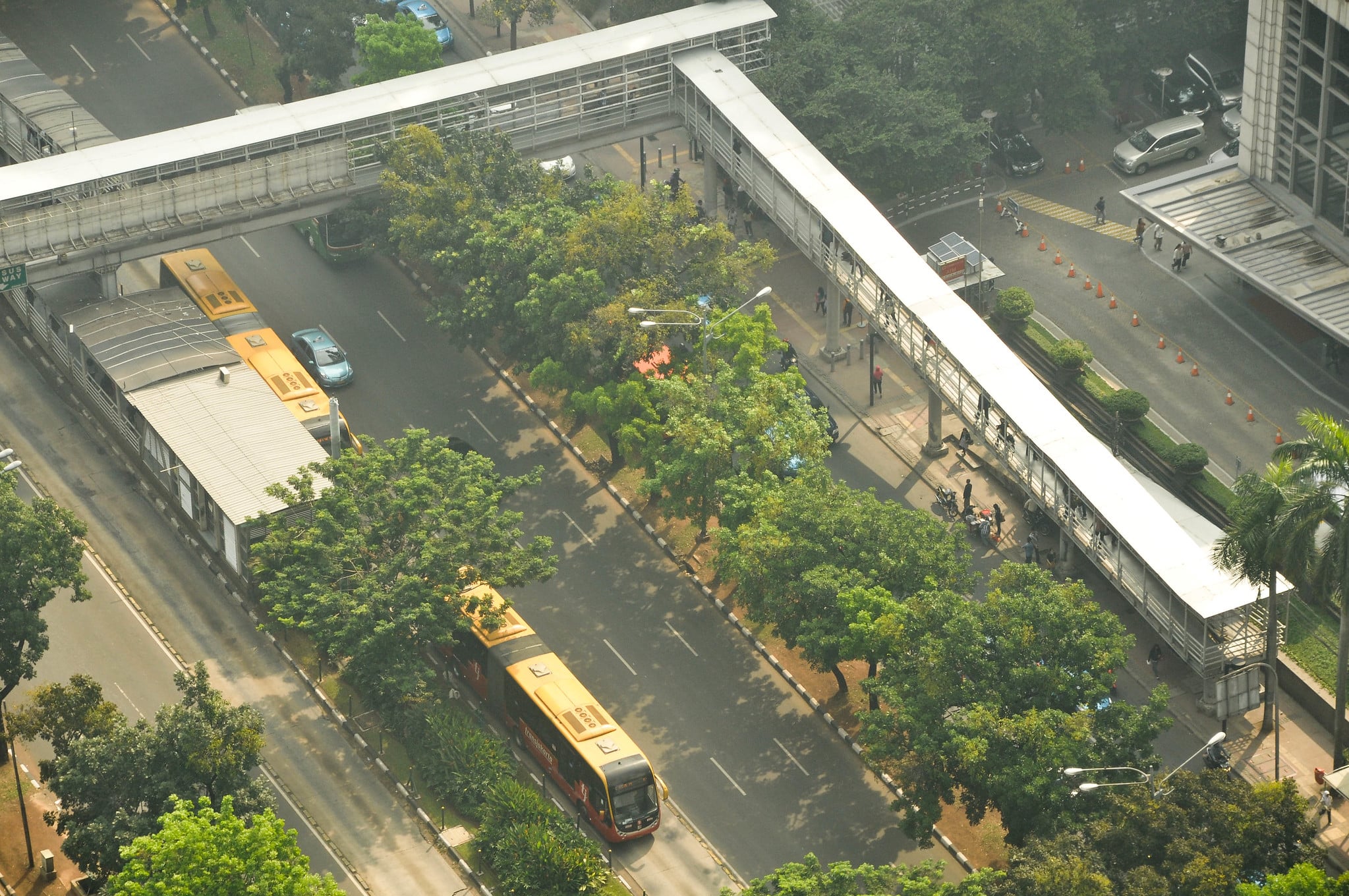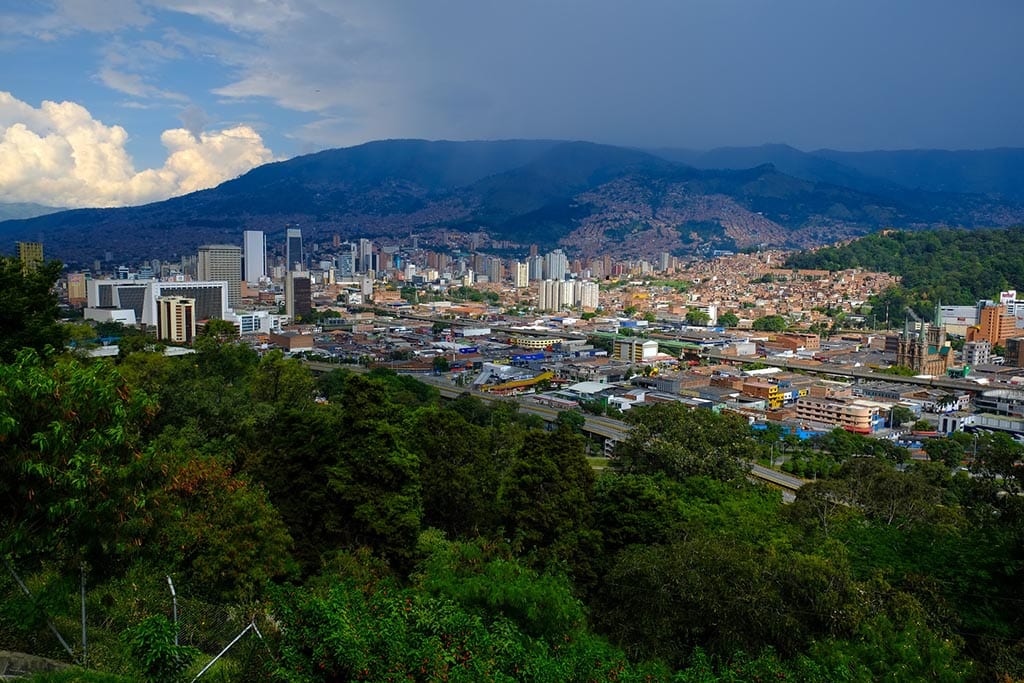The type and amount of ecosystem services urban forests provide depend on many factors. Climate, geography, and even cultural or individual preferences can affect whether these services are considered benefits or dis-benefits (costs).1
Planning, decision-making, and implementation related to urban forests should be participatory and inclusive in approach.32, 33 Although this can be challenging, it is necessary to understand which services communities need and want and to reduce the potential for increasing disparities in health, safety, and economic opportunity.32, 33 Whether efforts are top-down or grassroots, a multi-pronged approach that involves all relevant stakeholders and multiple interventions may deliver more benefits.
This learning guide focuses primarily on urban forest-related policy, planning, and regulatory interventions at the city and local level. However, these interventions can manifest in many forms, extending from the national to the household level. The guide is intended to explore a handful of such plans, policies, regulations, and institutional arrangements from cities around the world. Because every city exists in a different political, economic, environmental, and cultural context, policies and plans should be tailored to the local situation.















